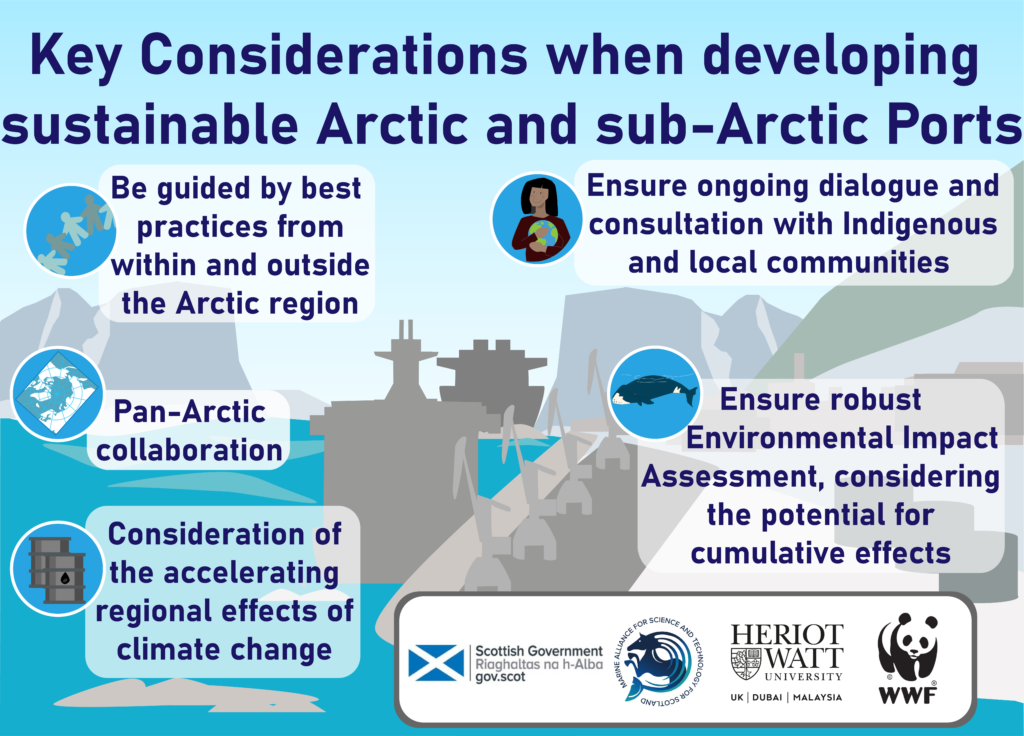© Sindre KINNERØD / WWF
Features
Arctic shipping ports must be sustainable
- Shipping
The Arctic stands to benefit economically from increased shipping. But keeping environmental impacts to a minimum will require rigorous planning, regional cooperation and consultation with Indigenous communities.
Shipping is an essential service for remote Arctic communities, including businesses that ship their resources to the rest of the world. But even if shipping didn’t benefit the region, the reality is that 90 per cent of global goods are transported by boat—and more and more vessels are crossing the Arctic as climate change melts the sea ice, creating a shortcut between Asia and Europe. According to research by the Arctic Council, from 2013 to 2019, the number of ships plying Arctic waters grew by 25 per cent.
While the international shipping industry is thoroughly regulated, less attention has been given to the infrastructure that will be needed to support all of this extra shipping—such as ports. Despite warming temperatures, the Arctic remains characterized by harsh conditions that can present unpredictable challenges. If ports are not planned carefully, we could see unexpected environmental damage. For example, construction and heavier shipping traffic near ports could harm marine wildlife by generating more underwater noise, degrading habitats, and introducing invasive species or contaminants.
© Sindre KINNERØD / WWF
To address these concerns, WWF and Scotland’s Heriot-Watt University recently convened experts from government agencies, civil society, academia, Indigenous communities and the private sector to figure out how to develop and manage future Arctic and sub-Arctic ports and port activities in a sustainable and sensitive way. Participants identified challenges that are unique to the Arctic environment, discussed best practices and lessons learned, and emphasized the role of communication and engagement. From the workshop, a paper was published in The Polar Journal.
Ports and other Arctic shipping infrastructure have the potential to be a positive presence, creating jobs and helping communities with access and development. But we need to recognize that they will also have significant impacts on the environment. A deep understanding of the accelerating effects of climate change in the region should inform all plans for infrastructure, including ports. This approach will also protect investors, because poorly planned, underutilized ports could result in squandered investments.
This understanding should consider the expansion of Arctic and sub-Arctic ports holistically and strategically. Robust environmental impact assessments should be conducted before ports are built, used or decommissioned. All of this work should be guided by best practices from within and outside the Arctic region.
Currently, the Arctic has no common framework for considering or evaluating the cumulative impacts of new infrastructure. As the need for port infrastructure grows, we will need better regional cooperation among Arctic states, non-Arctic shipping states and the global maritime enterprise to minimize impacts on the Arctic’s seascape and landscape. Genuine, ongoing dialogue and consultation with Indigenous and local communities will be critical.

© Emily Hauge
By WWF Global Arctic Programme